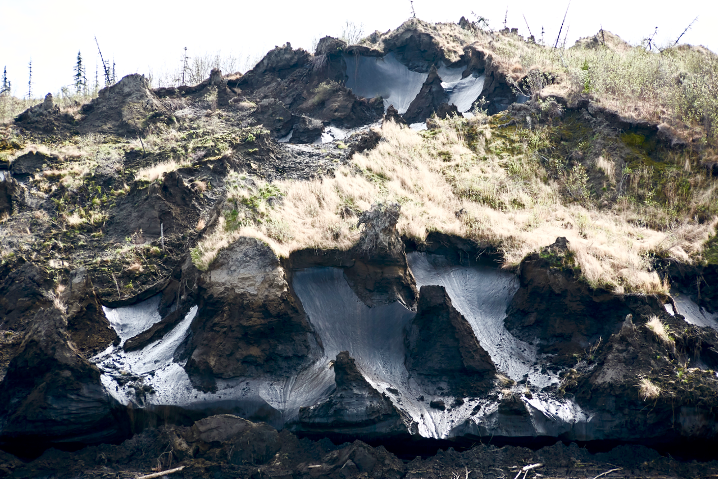Which climate effects do clouds have? Under what conditions do they warm or cool the atmosphere? Extensive measurement data is needed to answer these and similar questions. To obtain these, we use the specially equipped research aircraft HALO (High Altitude and Long Range Research Aircraft). The combination of its range, cruising altitude, payload and comprehensive instrumentation make this aircraft a globally unique research platform. One could rightfully call it the flying cloud observatory.
HALO heralds a new chapter in the history of airborne atmospheric research and Earth observation. With its help, we can measure vertical profiles of all components of atmospheric water — such as vapor, liquid and ice, in both cloud and precipitation forms, as well as the aerosol particles upon which cloud droplets form — from a high altitude. The aircraft, equipped with a large amount of advanced technology, is an initiative by German climate and environmental research institutions (see below) and is operated by the German Aerospace Center (DLR).
Since the end of 2013, measurement flights have been taking place regularly which we are significantly involved in or coordinate. HALO is equipped with HAMP (HALO Microwave Package). This instrument suite was developed by us in collaboration with Universität Hamburg and the Institute of Atmospheric Physics at the German Aerospace Center (DLR) specifically for cloud observation. It consists of a radar and a set of microwave radiometers and has been complemented by DLRs WALES lidar and a set of passive instruments in all previous measurement campaigns. HAMP was first deployed in 2013 and was subsequently used in various measurement campaigns outside the tropics. The last major measurement campaign in the tropics where HAMP was deployed on HALO is the international measurement campaign EUREC4A. However, HAMP has also been used in cold climates, e.g. in the Arctic measurement campaign HALO-AC3 over Arctic waters.
HALO was procured from funds from the German Federal Ministry of Education and Research (BMBF), Helmholtz Association of German Research Centres (HGF) and the Max Planck Society. Operations are managed by the Max Planck Society, German Research Foundation (DFG), Forschungszentrum Jülich, Karlsruhe Institute of Technology (KIT) and Leibniz Institute for Tropospheric Research (TROPOS), Leipzig. The German Aerospace Center (DLR) owns and operates HALO.
HALO research
More Content

Climate change amplified by permafrost cloud feedback
Researchers at the Max Planck Institute for Meteorology shed light on what may happen if the frozen soils thaw in response to global heating.…

Observations show: assumption of a large trade cumulus reduction with global warming refuted
The response of trade cumulus clouds to warming is a major uncertainty in climate projections. In the last decade, a hypothesis was developed…



